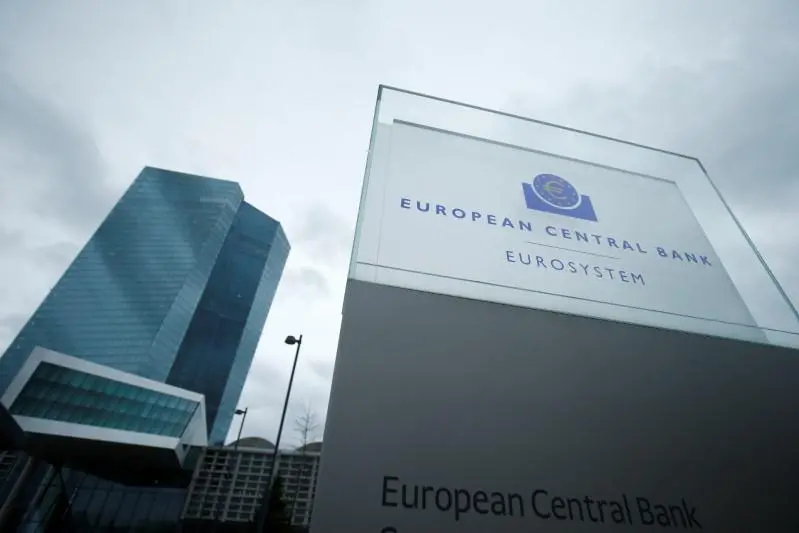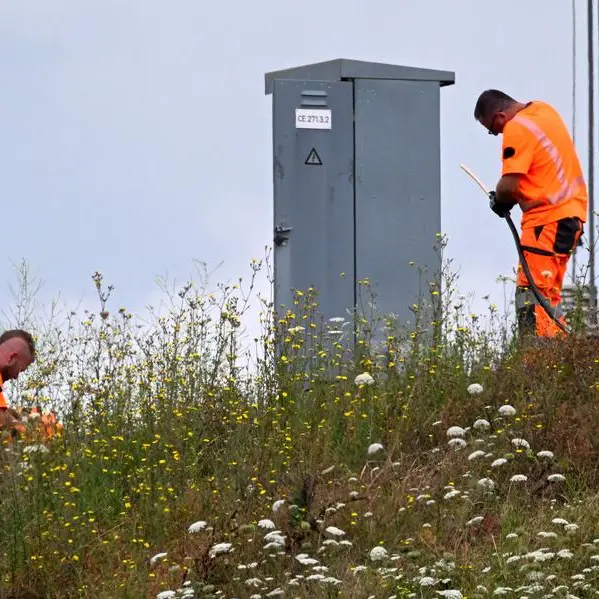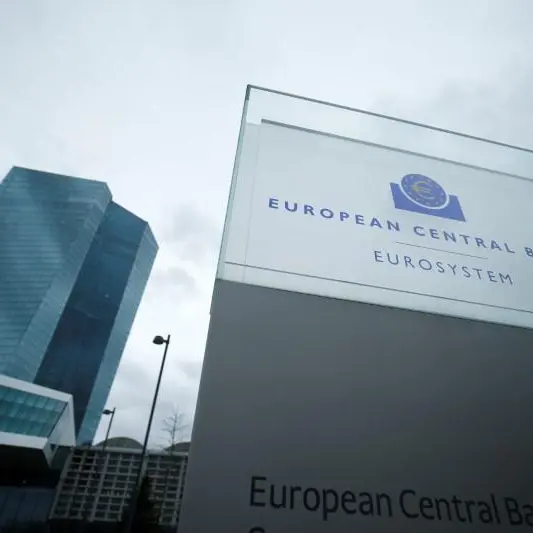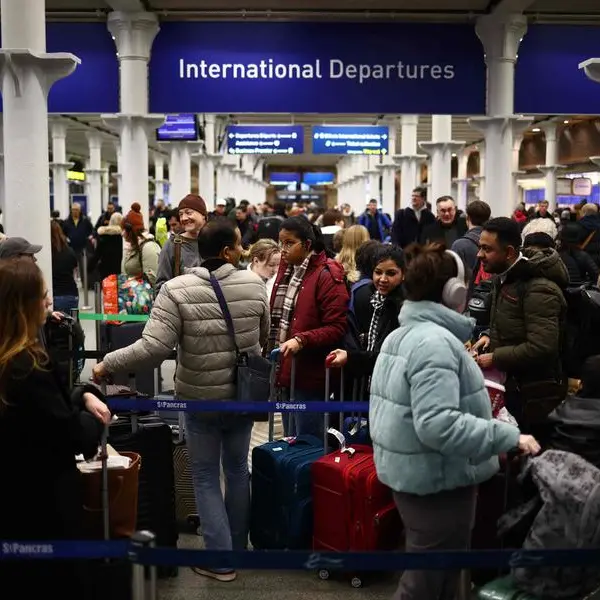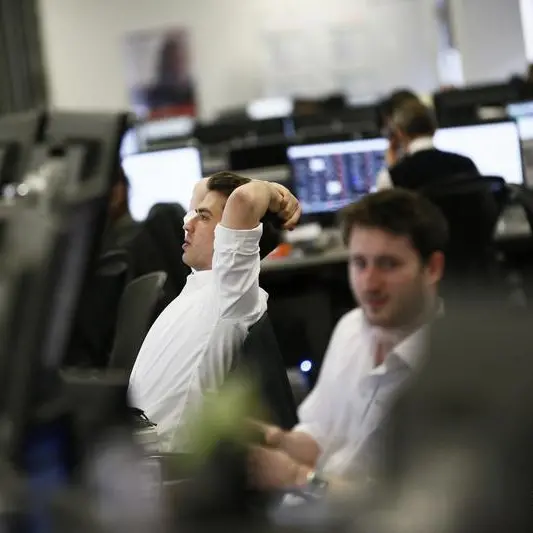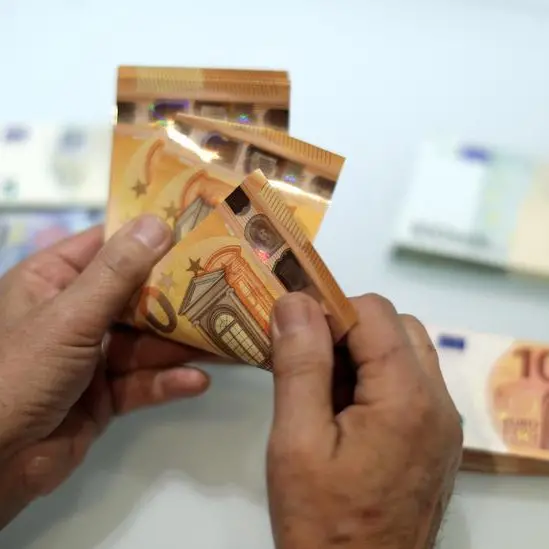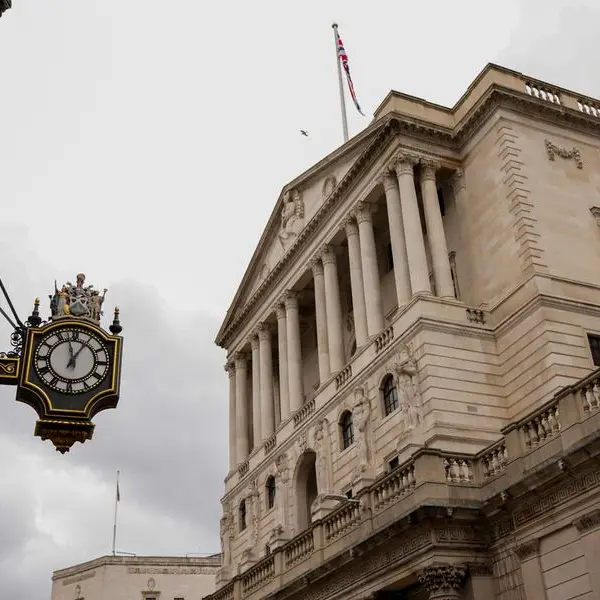PHOTO
VIENNA - The European Central Bank could start cutting interest rates in June as inflation may fall quicker than expected but should not get too far ahead of its U.S. counterpart, as that diminishes the potency of easing, Austrian policymaker Robert Holzmann said.
Euro area inflation has tumbled over the past year and economic growth stalled, shifting the debate to just how quickly and how far the ECB should move in reversing a record string of rate hikes.
"April is not on my radar," Holzmann told Reuters in an interview. "In June we will have more information."
"If the data allows it, a decision will be made," he said. "I don't have an in-principle objection to easing in June, but I'd like to see the data first and I want to stay data-dependent."
Holzmann is considered by some to be the single most conservative member of the ECB's 26-member Governing Council, often batting back rate-cut talk, so his cautious nod to a June easing suggests a growing consensus for a move already raised by several others.
But he warned that if the U.S. Federal Reserve does not cut rates in June, the market reaction to the policy divergence would negate much of the benefit of an ECB cut, so the central bank should be careful in going it alone.
"If by June the data shows a strongly based environment for a cut, a week before the Fed makes its own decision, then quite likely we'll do it, hoping that the Fed comes along," Holzmann said during the interview in his office in Vienna. "If it doesn't come along, then it may reduce the economic impact of our move."
WAGE-GROWTH RISK
But even after a cut in the deposit rate, which now stands at a record high 4%, interest rates will continue to restrict growth and the ECB would have to go much lower before hitting a neutral level.
Holzmann, who has already said he would not seek a new term when his mandate expires in August 2025, argued that with inflation at 2% and productivity expanding by 1%, a 3% deposit rate could be a "good target". However, this greatly depended on whether the 20-nation euro zone can overcome its recent productivity dip.
"If the productivity gap towards the U.S. is as wide as now, then even 3% may be too tight," Holzmann argued.
Markets see the deposit rate coming down to 2% over the longer term, but policymakers have so far steered clear of discussing the issue of where the easing could end.
Part of Holzmann's growing acceptance of policy easing lies in an increasingly benign inflation outlook and economic weakness, with the euro zone currently skirting a recession for the sixth straight quarter.
He said inflation could fall quicker than the ECB projected last month because commodity prices are relatively benign and goods inflation is falling, mostly due to cheap imports from China.
Holzmann even seemed to downplay concerns about relatively quick wage growth, a key argument for many in waiting a bit longer before a policy easing.
"Wages are definitely a risk with respect to inflation, but we've also seen that enterprises, if their price setting power is decreased, will have to accept lower prices," Holzmann said.
The euro area is also at a competitive disadvantage due to higher energy prices and trade restrictions on much of its eastern flank, so it also faces more muted growth prospects than many others.
(Reporting by Balazs Koranyi; Editing by Paul Simao)
